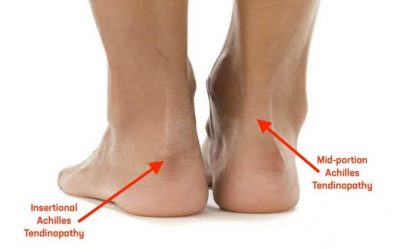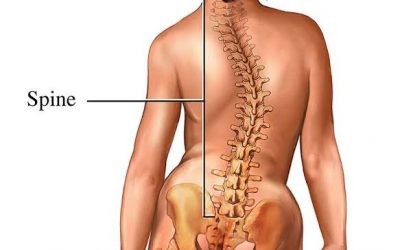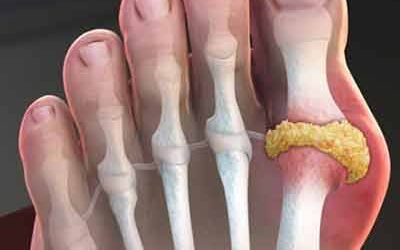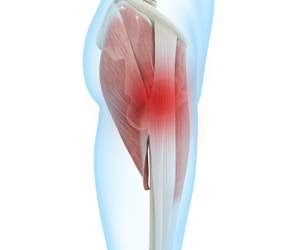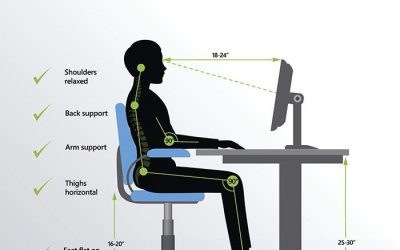Carpal Tunnel Syndrome
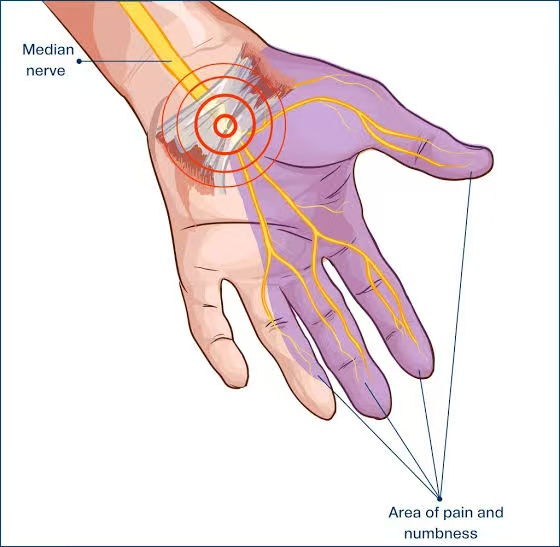

1. What is Carpal Tunnel Syndrome?
Carpal Tunnel Syndrome (CTS) is a condition caused by compression of the median nerve as it passes through the wrist. The median nerve runs through a narrow passage in the wrist called the carpal tunnel. When the pressure inside the carpal tunnel increases, the median nerve becomes compressed, leading to symptoms like numbness, tingling, weakness, and functional impairment of the hand.
CTS is particularly common in modern society, especially among people who spend long hours typing, using a mouse, or engaging in repetitive hand and wrist movements. Women are about three times more likely than men to develop CTS, most commonly between the ages of 30 and 60.
2. Anatomical Basis of Carpal Tunnel Syndrome
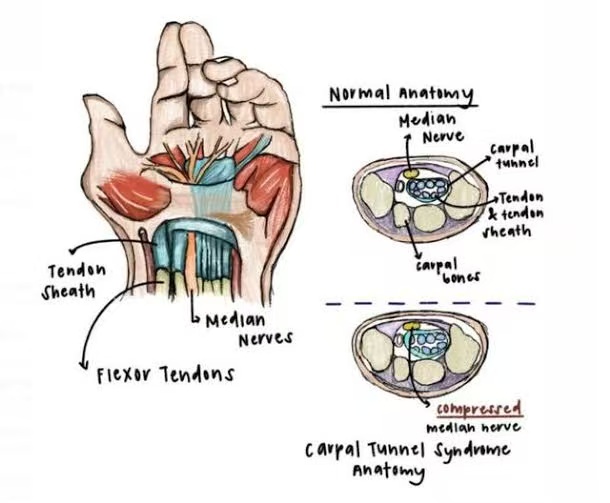
The carpal tunnel is located on the palm side of the wrist and is formed by the wrist bones and a thick ligament known as the flexor retinaculum. Key structures that pass through the tunnel include:
- The median nerve: Controls sensation and movement in the thumb, index finger, middle finger, and part of the ring finger.
- Nine flexor tendons: Responsible for finger movements.
Because of the limited space, any factor that increases the volume of structures inside the tunnel or decreases the size of the tunnel itself can lead to median nerve compression and CTS.
3. Causes of Carpal Tunnel Syndrome
CTS can result from various causes, including but not limited to:
- Occupational factors:
- Repetitive wrist movements, such as typing, sewing, or heavy lifting.
- Anatomical factors:
- Congenitally narrow carpal tunnels.
- Associated medical conditions:
- Rheumatoid arthritis, diabetes, hypothyroidism, gout, and other conditions causing local inflammation or swelling.
- Pregnancy and menopause:
- Hormonal changes can cause fluid retention and increase pressure within the tunnel.
- Injury:
- Wrist fractures or sprains that alter anatomical structures.
- Tumors or cysts:
- Masses occupying space and compressing the nerve.
4. Clinical Manifestations of Carpal Tunnel Syndrome
Common symptoms include:
- Numbness and tingling: Especially affecting the thumb, index, middle, and part of the ring finger; symptoms often worsen at night or early morning.
- Hand weakness: Difficulty holding small objects.
- Pain: May radiate from the fingers to the wrist or forearm, and in severe cases, up to the shoulder.
- Thumb muscle atrophy: Long-term compression can lead to wasting of the thenar muscles (the muscle group at the base of the thumb).
Symptoms often start as mild numbness and can progress to continuous pain and loss of hand function if left untreated.
5. Diagnosis of Carpal Tunnel Syndrome
Diagnosis primarily relies on medical history, physical examination, and appropriate auxiliary tests:
1. Medical History
- Occupation, symptom onset, and factors that aggravate or relieve the symptoms.
2. Physical Examination
- Tinel’s Sign: Tapping over the carpal tunnel to elicit tingling sensations (positive if present).
- Phalen’s Test: Pressing the backs of the hands together with wrists flexed at 90 degrees; tingling suggests CTS.
3. Auxiliary Tests
- Nerve conduction studies (NCS): Measure how quickly electrical impulses move through the median nerve.
- Electromyography (EMG): Helps rule out other nerve or muscle disorders.
- Ultrasound or MRI: Useful to visualize structural abnormalities within the carpal tunnel.
6. Treatment of Carpal Tunnel Syndrome
Treatment options include conservative and surgical approaches depending on the severity and patient needs.
1. Conservative Treatment

Suitable for mild to moderate cases:
- Activity modification: Reduce repetitive wrist motions and maintain proper wrist posture.
- Wrist splinting: Especially during sleep, keeping the wrist in a neutral position to relieve pressure.
- Medications:
- Non-steroidal anti-inflammatory drugs (NSAIDs) for pain and inflammation.
- Corticosteroid injections can provide rapid, short-term relief.
- Physical therapy:
- Ultrasound therapy and nerve gliding exercises can help alleviate symptoms.
2. Surgical Treatment
Recommended for severe cases, persistent symptoms, or when muscle atrophy occurs:

- Open carpal tunnel release surgery: Cutting the flexor retinaculum to relieve nerve pressure.
- Endoscopic carpal tunnel release: A minimally invasive procedure with shorter recovery time.
Surgical outcomes are generally good, but post-operative rehabilitation is essential to prevent scar tissue-related nerve compression.
7. Prevention of Carpal Tunnel Syndrome
Prevention focuses on improving daily habits and work ergonomics:
- Maintain a proper wrist position; avoid prolonged bending or heavy strain.
- Take frequent breaks and perform simple hand and wrist stretches.
- Use ergonomic equipment, such as supportive keyboards, mousepads, and chairs.
- Manage underlying medical conditions like diabetes and thyroid disorders.
- Maintain a healthy body weight to reduce wrist strain.
8. Conclusion
Carpal Tunnel Syndrome is one of the most common compressive neuropathies in modern life. Early recognition and treatment are crucial. Through good occupational habits and timely intervention, the risk of developing CTS can be significantly reduced. For those already experiencing symptoms, appropriate treatment based on severity can prevent progression and restore normal hand function.
As public awareness of health continues to grow, paying attention to early symptoms and seeking standardized care for Carpal Tunnel Syndrome will greatly improve quality of life and work efficiency.
